Texas Governor Greg Abbott just crashed Tesla’s robotaxi party with a shiny new law that’s got everyone buzzing. Signed on Friday, this legislation demands that self-driving vehicles snag a permit before cruising Texas streets without a human driver.
It’s a bit of a buzzkill for Tesla’s Sunday robotaxi trial in Austin, where they planned to let 10 to 20 Model Y vehicles loose in a geofenced playground.
The law doesn’t kick in until September 1, giving Tesla a summer fling with driverless dreams before the permit police arrive. But Abbott’s signature is a neon sign flashing “proceed with caution” to the autonomous vehicle crowd. Both Republicans and Democrats seem to agree: robotaxis need a leash, and Texas is ready to hold it tight.
Tesla’s been handing out VIP invites to influencers for this Austin trial, hoping to show off their Full Self-Driving tech. The plan? A small fleet of Model Ys zipping around a limited zone, probably looking cooler than a penguin in sunglasses. But now, with the new law looming, Tesla’s got to decide: roll out the robotaxis now or wait for the paperwork party in September.
Back in 2017, Texas was the Wild West for self-driving cars, with a law that told cities to keep their hands off the wheel. Fast forward to today, and the state’s doing a 180, demanding permits and giving the Texas Department of Motor Vehicles the power to yank them if things go south. It’s a regulatory U-turn that’s got Tesla’s robotaxi plans skidding on the gravel.
The new law isn’t just about permits; it’s got some serious safety swagger. It requires companies to spill the beans on how cops and firefighters can handle their driverless cars in emergencies. Imagine a robotaxi pulling a diva move during a crisis—Texas wants to make sure first responders aren’t left scratching their heads.
Democratic lawmakers in Austin fired off a letter earlier this week, politely asking Tesla to pump the brakes until the new rules take effect. They’re worried about safety, especially after a test by The Dawn Project showed a Tesla plowing through child-sized dummies at a school bus stop. Yikes—that’s the kind of PR nightmare that makes a robotaxi launch feel like a haunted hayride.
Tesla’s not alone in the Austin robotaxi scene. Waymo’s been shuttling folks around with their driverless cabs, using fancy lasers and radar to map the city. Tesla, on the other hand, relies on a leaner setup with just eight cameras, which is either brilliantly minimalist or a recipe for chaos—time will tell.
The timing of this law is spicier than a jalapeño popper. Tesla’s been hyping this launch for years, with CEO Elon Musk promising self-driving cars since 2015. Now, with the stock market watching and investors dreaming of a $2 trillion valuation, Texas is throwing a curveball that could make or break the robotaxi vibe.
Analysts are buzzing about the potential. Wedbush’s Daniel Ives is practically doing cartwheels, calling this the “golden era of autonomy” for Tesla. He thinks robotaxis could add a cool trillion to Tesla’s market cap, which is currently lounging at around $1 trillion.
But not everyone’s popping champagne. Safety advocates are waving red flags, pointing to incidents like the Cruise shutdown after a fatal accident. Texas lawmakers want Tesla to prove their tech won’t turn Austin’s streets into a bumper car arena. The new law’s got teeth, letting authorities revoke permits if a robotaxi starts acting like a rogue Roomba.
Tesla’s keeping mum for now, leaving us to wonder if they’ll push ahead with the trial or play it safe. The invites are out, the app’s ready, and safety monitors will ride shotgun to keep things chill. But with September’s permit deadline looming, this could be a short-lived joyride.
Austin’s no stranger to robotaxis. Waymo, Zoox, and Volkswagen are already testing their driverless wheels here, making the city a hotbed for autonomous antics. Tesla’s jumping into a crowded pool, and they’ll need to swim fast to catch up with Waymo’s 250,000 weekly rides.
The law’s got some practical perks. It ensures robotaxis are insured, registered, and ready to hit a “minimal risk condition” if their tech throws a tantrum. Translation: if a Tesla robotaxi gets confused, it better pull over and not cause a scene.
So, what’s next for Tesla’s robotaxi dreams? They could go full speed ahead this weekend, dazzling influencers with driverless swagger. Or they might hit pause, wait for the permit process, and avoid a regulatory faceplant.
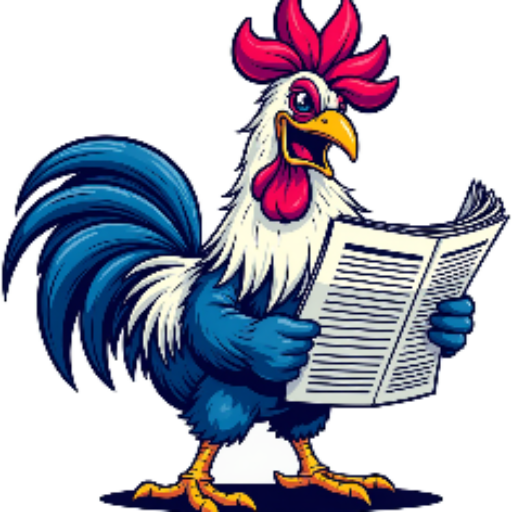




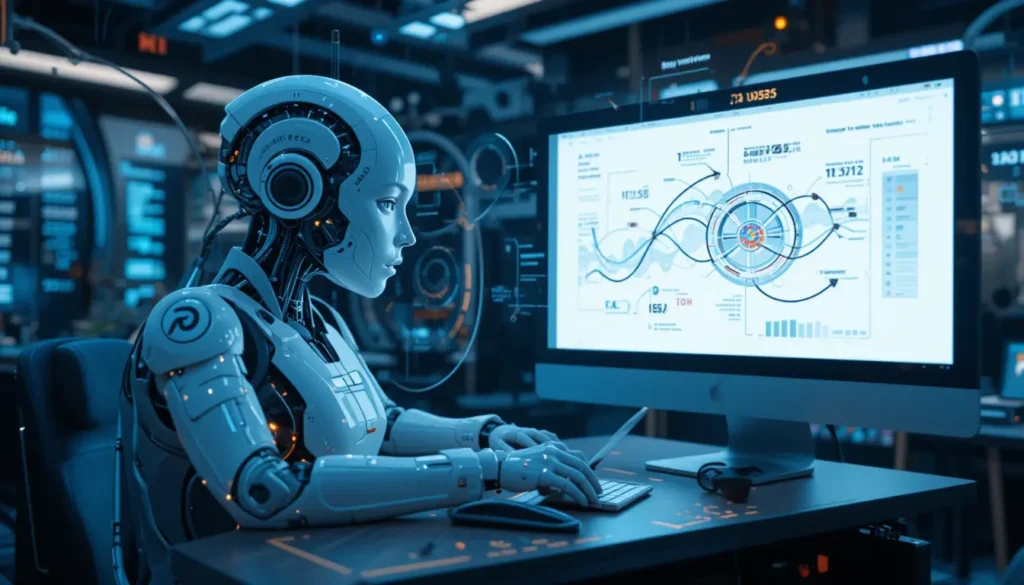
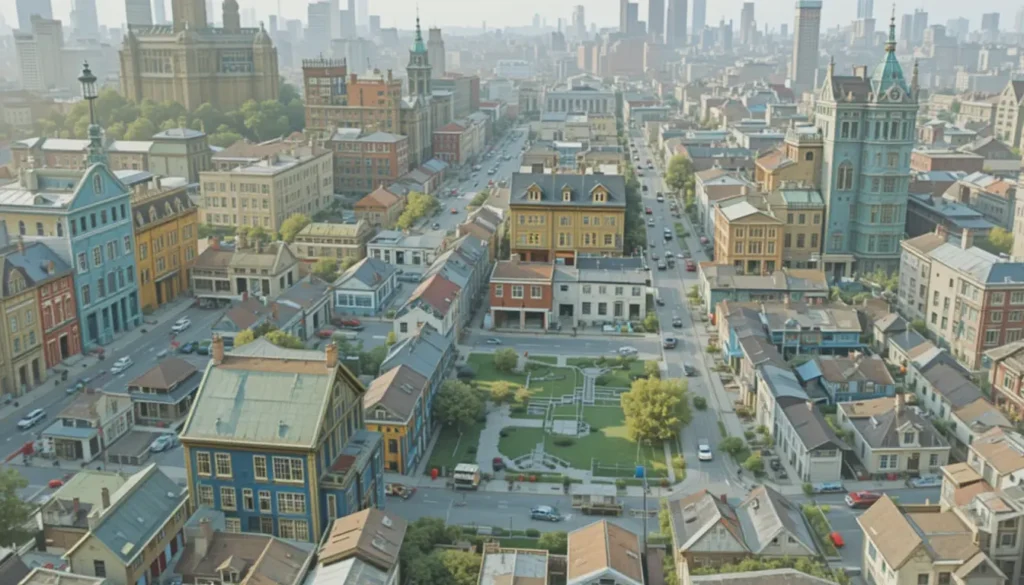
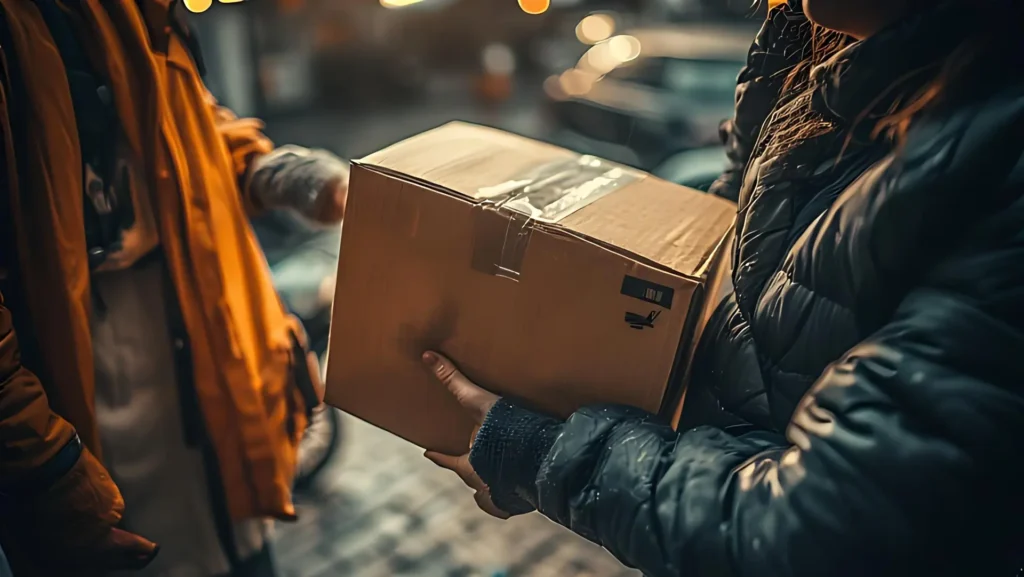
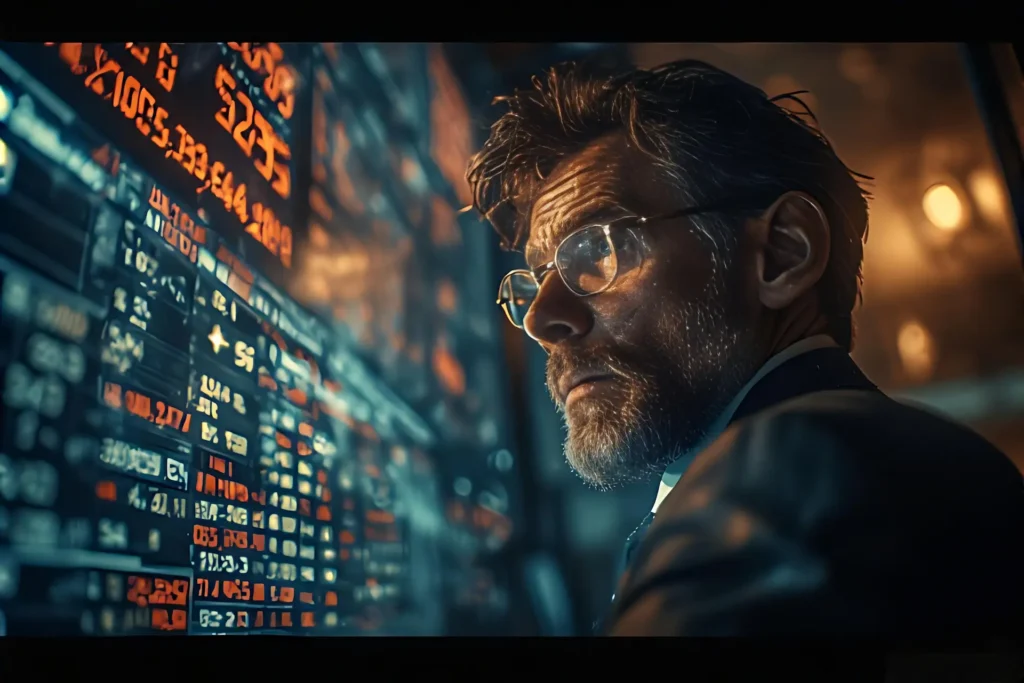
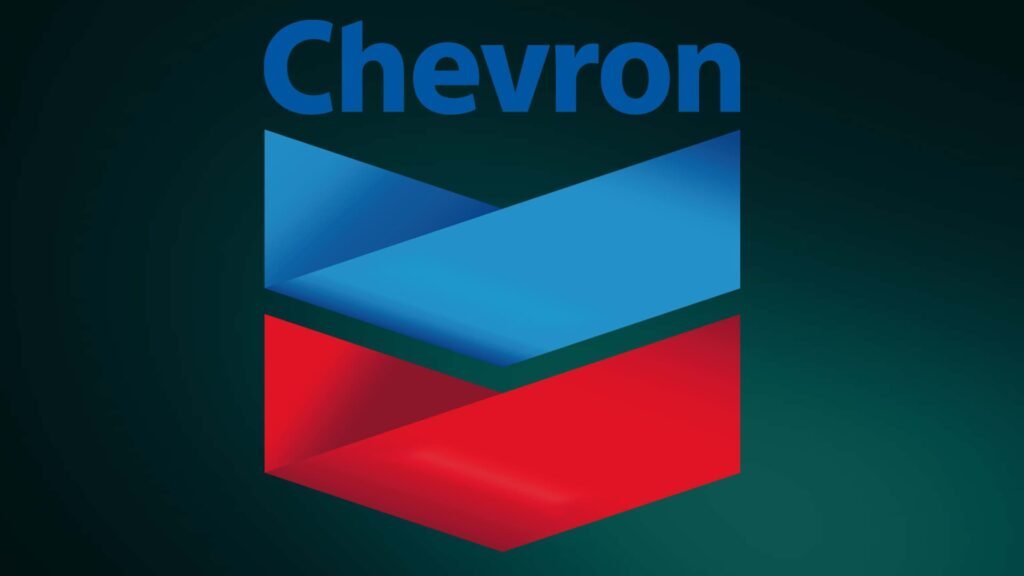
Leave a Reply